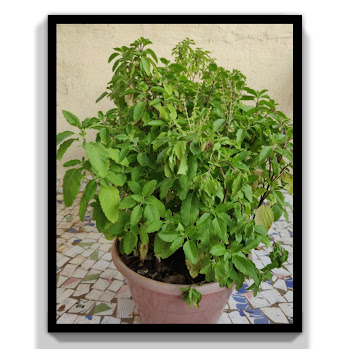How to Care and Propagate: Hibiscus Plant
Introduction:
- Hibiscus plant is known for its large and colourful flowers.
- Hibiscus flowers come in many colours such as red, yellow, white, peach and are about 6 inches wide.
- The red flowers of this variety are most commonly cultivated for medical purposes, and are available as dietary supplements.
- The flowers and leaves can be made into teas and liquid extracts that can help treat a variety of conditions.
- Hibiscus plant is an easy maintenance plant and has high impact flower that will make a garden in any part of the world looks like a tropical paradise.
Soil & Climate:
- Ideal soil mixture: 50% Gardening Soil and 50% Compost.
- Plant can grow from one feet to 15 feet.
- Hibiscus loves warm temperature.
Fertilizer:
- In tropical area, February is
the month of composting after the winter season.
- A growing hibiscus plant needs lots of nutrients in order to bloom well. In the summer, use a high potassium fertilizer.
- You can either use a diluted liquid fertilizer once a week, a slow-release fertilizer once a month, or you can add a high potassium compost to the soil.
- In the winter, you don’t need to fertilize at all.
- Normally you
will see the attack of Mealybugs insect on hibiscus plant. Use Neem oil for pest control. You can also use 10ml of soap
solution by diluting in one litre of water.
- Fertilize the plant once in fifteen days to see the regular blooming of flowers.
Light Requirement:
- Provide the plants with at least six hours of sunlight, especially if you want to see those lovely blooms.
- Although warm, humid conditions are ideal for tropical hibiscus, one can provide a little afternoon shade when it’s overly hot.
Water Technique:
- Hibiscus will need daily watering in warm weather. But once the weather cools, it needs far less water.
- In the winter season, water your hibiscus only when the soil is dried out.
Propagation:
- The preferred way to propagate Hibiscus is by cuttings of stem because its cuttings will grow to be an exact copy of the parent plant.
- The cutting should be taken from new growth or softwood. You will mostly find softwood on a hibiscus in spring or early summer.
- The hibiscus cutting should be 4 to 6 inches (10 to 15 cm.) long. Remove every leaf from the stem cutting except the top set of 2 to 4 leaves.
- Trim the bottom of the hibiscus stem cutting using knife.
- Place the hibiscus cutting in above mentioned soil mix.
- Make sure the rooting soil is thoroughly wet, then stick a finger into the rooting soil and make a hole, place the hibiscus cutting into the hole and backfill it around the hibiscus cutting.
Vital Tips:
- If the leaves are turning yellow, cut back on watering. So reduce the frequency of watering if you spot those early signs.
- Use organic soap solutions like organic shampoo or Neem oil for pest control.
- Do pruning at the early summer season.
Benefits:
- Egyptians used hibiscus tea to lower body temperature, treat heart and nerve diseases, and as a diuretic to increase urine production.
- In
Africa, this tea is used to treat constipation, cancer, liver disease and cold symptoms. Pulp made from the leaves is applied to the skin to
heal wounds.
- Hibiscus is popular for its potential to reduce high blood pressure. However, Modern studies show promise for both the tea and hibiscus plant extract to lower blood pressure and cholesterol levels. Although more research is still needed, this could be good news for the future of heart disease treatment.
- Hibiscus can help with weight loss, cancer and it can also help to relieve conditions that include bacterial infection, upset stomach, high blood pressure and fever.
Thanks and best of luck!
Happy Planting!
I would like to hear your
thoughts, suggestions and any questions in the comments below.








Comments
Post a Comment